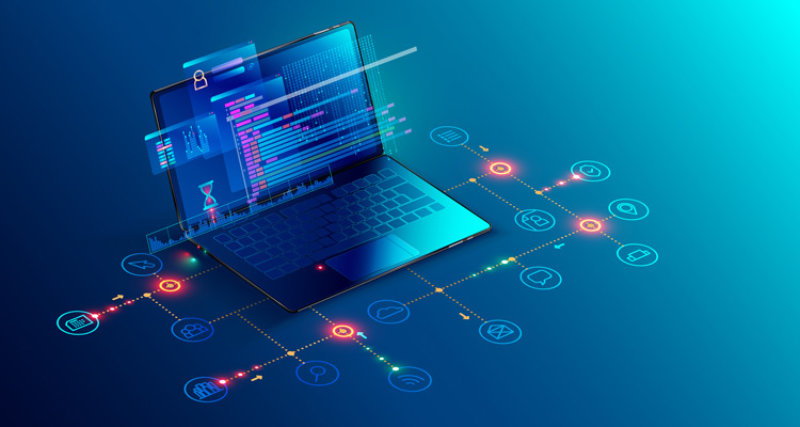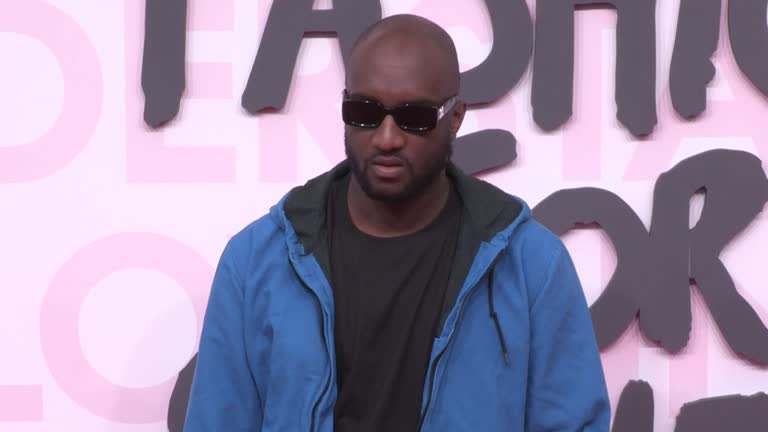The Day the Cloud Burst
In late August 2014, the internet woke up to one of the most significant privacy breaches in digital history. Hundreds of private celebrity photos stored on Apple’s iCloud service had been stolen and leaked online. The incident, crudely nicknamed “The Fappening,” wasn’t just another celebrity scandal – it was a watershed moment that exposed fundamental flaws in how we think about cloud security.
This wasn’t a story about sophisticated hacking or zero-day exploits. It was about human psychology, weak passwords, and a tech giant’s oversight that left millions vulnerable. And while celebrities bore the brunt of the initial attack, the implications reached every person who’d ever uploaded a photo to the cloud.
Understanding iCloud: The Perfect Storm
To understand how this happened, you need to know what iCloud was like in 2014. Apple’s cloud storage service was (and still is) seamlessly integrated into every iPhone and iPad. Take a photo, and it automatically backs up to iCloud. Convenient? Absolutely. Secure? Well, that’s where things got complicated.
Back then, iCloud had several security weaknesses that seem almost unthinkable today:
No limit on login attempts. Imagine a bank that let you guess PINs forever – that was iCloud. Hackers could try thousands of password combinations without being locked out.
No two-factor authentication by default. Today, getting a text code when you log in somewhere new is standard. In 2014, it was optional, and barely anyone used it.
Weak security questions. “What’s your mother’s maiden name?” For celebrities, these answers were often public knowledge or easily guessable.
Poor breach notifications. If someone accessed your account from Russia at 3 AM, Apple wouldn’t necessarily tell you.
The Anatomy of the Attack
The hackers didn’t break into Apple’s servers with sophisticated malware. They didn’t need to. Instead, they used a combination of old-school techniques that were devastatingly effective:
Phase 1: Information Gathering
The attackers started by collecting email addresses associated with celebrities’ Apple IDs. This wasn’t hard – many people use their public email for everything. They then researched their targets, gathering birthdays, pet names, and other personal details from interviews, social media, and public records.
Phase 2: Phishing Campaigns
Next came the fake emails. “Your Apple ID has been compromised. Click here to secure your account.” These messages looked legitimate, complete with Apple logos and official-sounding language. When victims clicked through, they entered their credentials on fake sites that captured everything.
Phase 3: Brute Force Attacks
For accounts they couldn’t phish, hackers used a tool called iBrute, specifically designed to exploit iCloud’s lack of rate limiting. The tool could try hundreds of passwords per minute. Given that many people used weak passwords like “password123” or their birthday, success was often just a matter of time.
Phase 4: The “Find My iPhone” Loophole
Here’s where it gets technical. Even after Apple patched some vulnerabilities, hackers discovered that the “Find My iPhone” service didn’t have the same security restrictions. They could keep guessing passwords through this backdoor without triggering any alarms.
The Immediate Aftermath
When the photos hit sites like 4chan and Reddit on August 31, 2014, the internet exploded. But beyond the sensationalism, serious questions emerged:
Why was this so easy? Security experts were stunned that basic protections like rate limiting weren’t in place. As one researcher put it, “This wasn’t hacking – it was walking through an open door.”
How many people were affected? While about 100 celebrities were publicly identified, the FBI later revealed the actual number was closer to 600. And those were just the famous victims.
What else was compromised? The hackers didn’t just steal photos. They accessed emails, contacts, calendars – entire digital lives were exposed.
Apple’s initial response was frustratingly corporate: “We take user privacy very seriously.” But behind the scenes, they were scrambling to plug holes that should never have existed.
Apple’s Response: Too Little, Too Late?
To Apple’s credit, they moved quickly once the breach became public:
Immediate fixes:
- Implemented rate limiting on all login attempts
- Sent alerts for any iCloud access from new devices
- Temporarily locked accounts showing suspicious activity
Long-term changes:
- Made two-factor authentication prominent (though still not mandatory)
- Improved security question systems
- Added more sophisticated breach detection
- Introduced end-to-end encryption for certain data types
But critics argued these measures should have been in place from day one. As security expert Bruce Schneier noted, “Apple knew these vulnerabilities existed. They just didn’t think anyone would exploit them at scale.”
The Ripple Effects
The Fappening’s impact extended far beyond Apple and the immediate victims:
Industry-Wide Security Overhaul
Google, Microsoft, and other cloud providers rushed to audit their own systems. Two-factor authentication went from a niche feature to an industry standard almost overnight. Companies that had treated security as an afterthought suddenly found themselves hiring Chief Security Officers.
Legal Ramifications
The incident sparked new legislation about digital privacy and revenge porn. States rushed to pass laws making it illegal to share intimate images without consent. The FBI launched “Operation Cazador,” eventually prosecuting several hackers including Ryan Collins, who received 18 months in prison.
Cultural Shift
Perhaps most importantly, The Fappening changed how average people thought about cloud security. Suddenly, everyone was asking: “Wait, my photos are where? And who can see them?” The blind trust in tech companies evaporated, replaced by a healthy skepticism that persists today.
Lessons Learned: A Security Wake-Up Call
Looking back, The Fappening taught us several crucial lessons:
- Convenience vs. Security is a False Choice Apple had prioritized ease of use over security, assuming users wouldn’t tolerate additional steps. The breach proved users will absolutely accept minor inconveniences to protect their privacy.
- Social Engineering Beats Technical Hacking The most sophisticated firewall in the world can’t protect against someone willingly giving away their password. Education about phishing and social engineering became just as important as technical safeguards.
- Default Settings Matter Most users never change default settings. If two-factor authentication isn’t on by default, most people won’t use it. The industry learned to make secure choices the easy choices.
- Celebrities Are Canaries in the Coal Mine While the famous victims got the headlines, they were just the most visible targets. The same vulnerabilities affected millions of regular users who might never know they’d been compromised.
Where Are We Now?
Today’s iCloud is dramatically more secure than its 2014 predecessor. Two-factor authentication is strongly encouraged (and mandatory for some features). Suspicious login attempts trigger immediate notifications. End-to-end encryption protects sensitive data.
But new challenges have emerged:
Sophisticated phishing: Fake emails and texts have become incredibly convincing, using AI to mimic writing styles and create realistic-looking sites.
Credential stuffing: Hackers use passwords stolen from one breach to access other accounts, exploiting our tendency to reuse passwords.
State-sponsored attacks: Government-backed hackers target dissidents and journalists with tools that make The Fappening’s methods look primitive.
Protecting Yourself: Practical Steps
If The Fappening taught us anything, it’s that we can’t rely solely on companies to protect our data. Here’s what security experts recommend:
Use unique, strong passwords: A password manager makes this painless. If one account is compromised, others remain safe.
Enable two-factor authentication everywhere: Yes, it’s an extra step. Yes, it’s worth it. Use authenticator apps rather than SMS when possible.
Be skeptical of emails: Apple, Google, and other companies will never ask for your password via email. When in doubt, go directly to their website.
Regularly review account access: Check which devices have access to your accounts and revoke any you don’t recognize.
Understand what you’re sharing: Before uploading anything to the cloud, ask yourself: “Would I be okay if this became public?” Because sometimes, despite our best efforts, it might.
The Uncomfortable Truth
Here’s what nobody wanted to admit after The Fappening: perfect security doesn’t exist. Every system has vulnerabilities. Every user makes mistakes. Every company prioritizes some things over security.
The goal isn’t to make hacking impossible – it’s to make it difficult enough that attackers move on to easier targets. It’s about layers of protection, constant vigilance, and accepting that privacy in the digital age requires active participation.
Looking Forward
The Fappening was a pivotal moment in internet history. It stripped away our naïvety about cloud storage and forced a long-overdue conversation about digital privacy. While the victims paid a terrible price, their experience led to meaningful changes that protect millions of users today.
But as technology evolves, so do the threats. Quantum computing threatens current encryption methods. Deepfakes blur the line between real and fabricated content. AI-powered attacks can personalize phishing attempts with frightening accuracy.
The lesson of The Fappening isn’t just about better passwords or two-factor authentication. It’s about maintaining healthy skepticism, staying informed about threats, and remembering that our digital lives are only as secure as we make them.
In the end, The Fappening wasn’t just about stolen photos or cloud vulnerabilities. It was about trust – in technology, in companies, and in our own ability to protect ourselves. That trust, once broken, has been slowly rebuilt with better security, stronger laws, and hard-won wisdom.
But it should never again be blind trust. Because somewhere out there, someone is already working on the next big breach. The question isn’t if it will happen, but whether we’ll be ready when it does.
Additional Resources
- Apple’s iCloud Security Overview
- Electronic Frontier Foundation’s Surveillance Self-Defense Guide
- Have I Been Pwned – Check if your accounts have been compromised
- Two-Factor Authentication Directory – See which services support 2FA
StaySafeOnline.org – National Cyber Security Alliance resources





